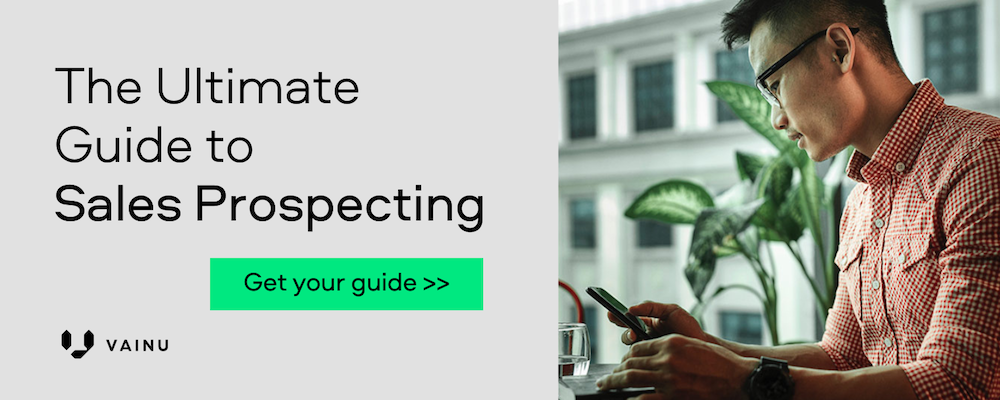Unlocking the Power of Open Data in Lead Generation and Lead Scoring
For years, companies have been using historical market information to obtain a detailed view of potential sales prospects. However, these insights can get skewed by one's own biased viewpoint or include rather general qualifications such as revenue size, number of employees or location, which don't actually tell whether or not an organization needs your service now.
Lucky for us, the vast amount of data available (40 zettabytes by 2020 to be exact) is full of buying signals relevant to lead generation and lead / account scoring. Acting on these signals can generate remarkable results, simply because you'll contact the right prospect at the right time. This will, in turn, improve your sales velocity factors, most notably average sales cycle and hit rate. Let's deep dive into this further.
Combining Lead Generation and Lead Scoring Signals
A lot of people falsely believe that identifying your ideal customer profile equals lead scoring. By using rich data sets you can identify the ideal customers you should approach, but knowing when to approach them is the factor lead scoring and signals bring to the table.
Identifying ideal customer profiles for lead generation can be a demanding task. In order to identify the ideal customer profile, a company could develop algorithms that combine internal data sources and external open data to predict which factors make up its ideal customer. You might find out that your ideal customer profile is very different from what you were currently targeting.
In McKinsey and Company's recent blog post, they mention an IT services company that used big data analytics "to predict which leads were most likely to close and found that established companies were better prospects than the start-ups it had been focusing on. Focusing its attention on established companies raised its overall lead-conversion rate by 30 percent." The point here is to understand that our hunch isn't always right, but we should always rely on data if possible. This is especially important when identifying our ideal customer profile, buying persona or target group.
Identifying signals for lead scoring is thankfully much easier. However, manually following them is close to impossible and often requires the use of a sales prospecting and lead generation platform. Based on our experience, the most relevant announced signals are recruitments, product launches, organizational changes, internationalizations and large won customers. However, not all signals are relevant after they've been announced but one should have been able to connect the dots already beforehand to get a fighting chance.
For example, a company offering relocation services should probably contact a company already prior to them announcing streamlining, expansion or M&As. An internationalization consultancy or translation agency should contact a company already before they announce a new office in a new country. And a marketing, design or video agency should approach a company already before they announce a new product and not right after.
How is this improving sales velocity?
Combining your ideal customer profile and predictive signals with intelligent sales automation is the next big thing for sales. Identifying the most promising prospects and pinpointing the right time to approach them will enable you to convert customers faster and with a better hit rate. As we've learnt from the sales velocity formula, every initiative you do in sales development should have a clear impact on one or many of the following factors:
- Increase the number of sales moments (meetings, demos, etc.)
- Improve your hit rate and conversion rate
- Increase your average deal size
- Decrease the length of the average sales cycle
By unlocking the power of open data, you will improve your hit rate thanks to better targeting and shorten your sales cycles through better timing. As a result, this will leave you with more time to focus on other sales challenges. Get the snowball rolling!
Next:
Improve your sales figures with these 7 ways, and double your sales results with the multipler effect.
